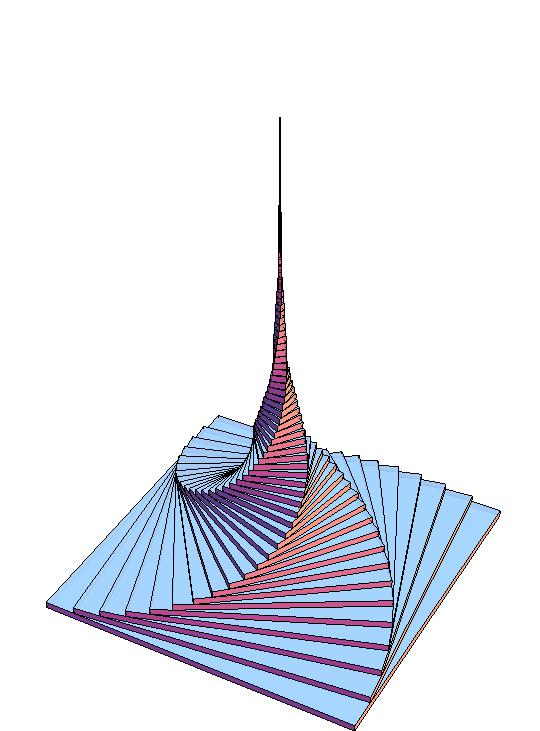A new interactive simulation created with the software Wolfram Mathematica, reproducing an anticipatory model for pedestrian interactions, is now available at this page of the CDF simulation section.
Here’s the demo video posted on youtube:
The model is based on the paper:
A universal power law governing pedestrian interactions
by Ioannis Karamouzas, Brian Skinner, and Stephen J. Guy
published on 2 December 2014 in Physical Review Letters
The article, together with some other interesting related material, is also available in this page of the Applied Motion Lab, University of Minnesota.
The main point of the model is that the interaction force between two pedestrian is not based on their distance (as it’d happen for, say, electrons) but rather on their time-to-collision, which is defined as “the duration of time for which two pedestrians could continue walking at their current velocities before colliding”.
So, in this model you won’t see nearby pedestrians repel each other if their trajectories are not such to produce a collision in the next few seconds. That makes possible for pedestrians to walk side by side as it happens in the real world.
On the other hand two pedestrians about to collide will try to change their motion (in velocity direction and/or speed).
See the CDF simulations page for further details.
